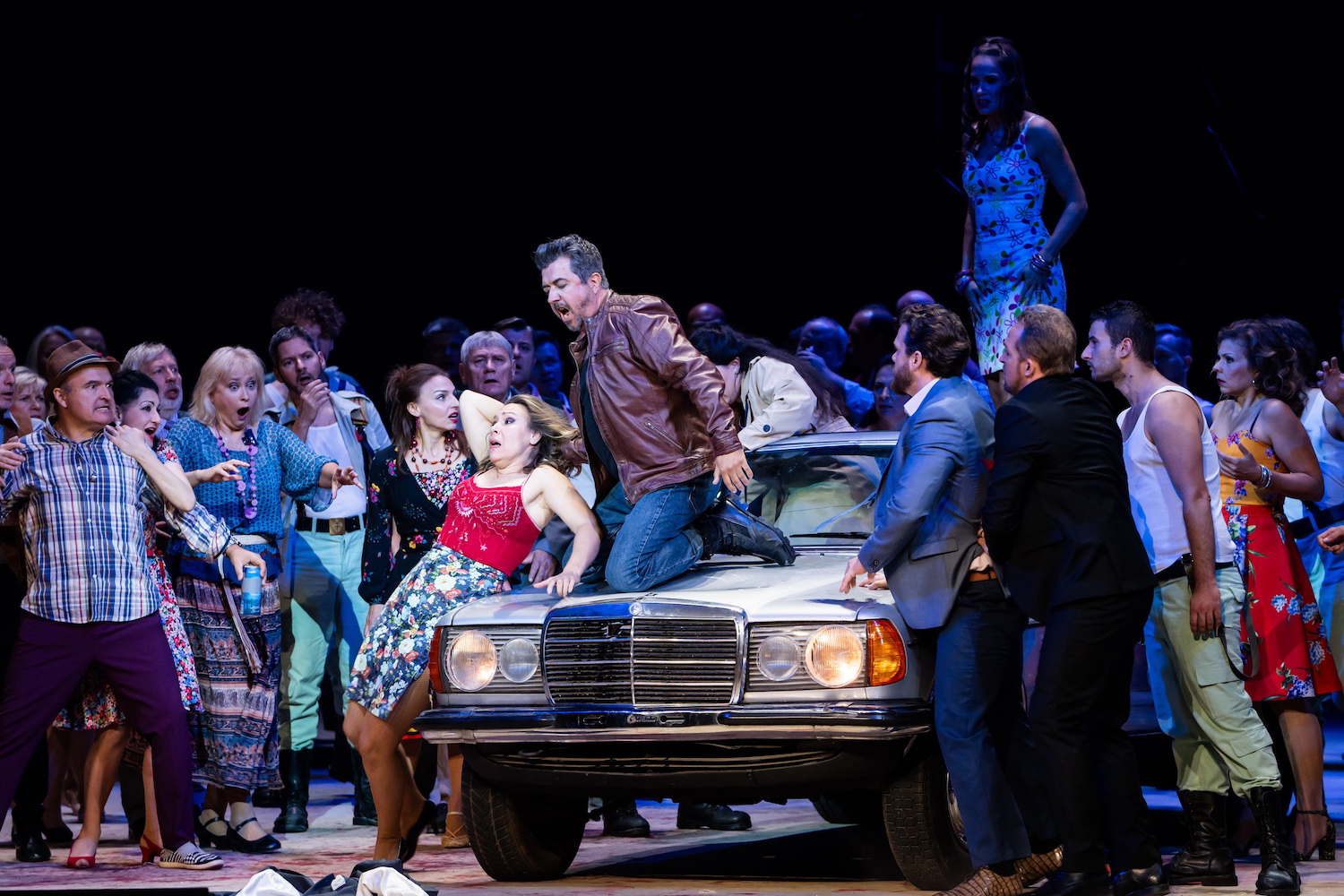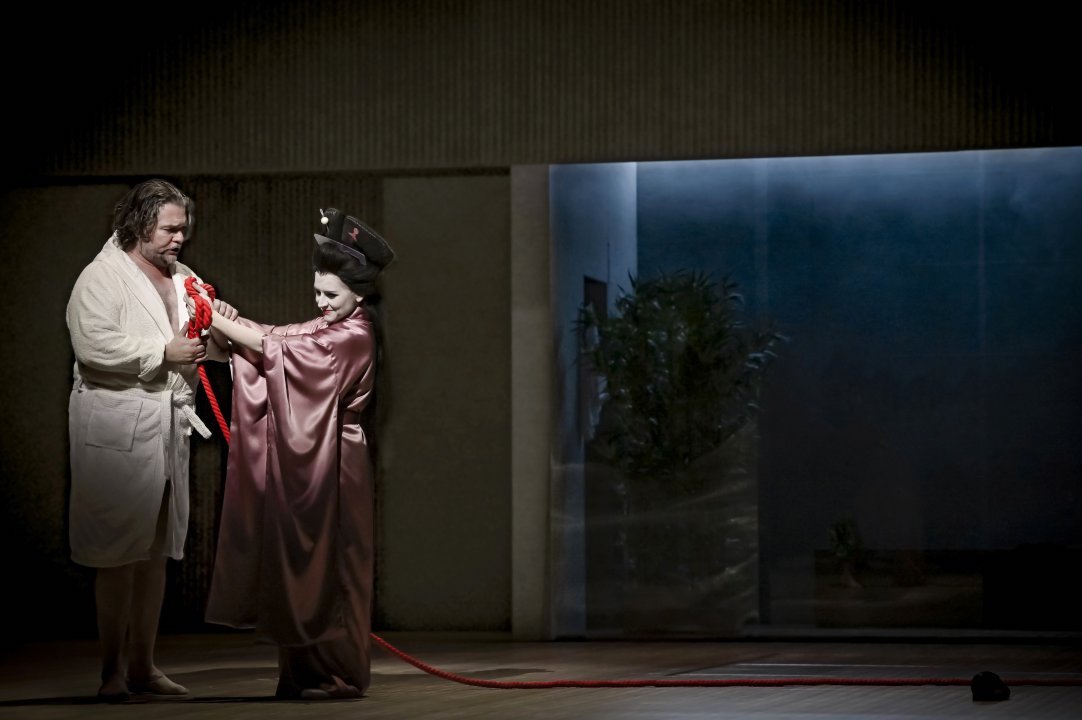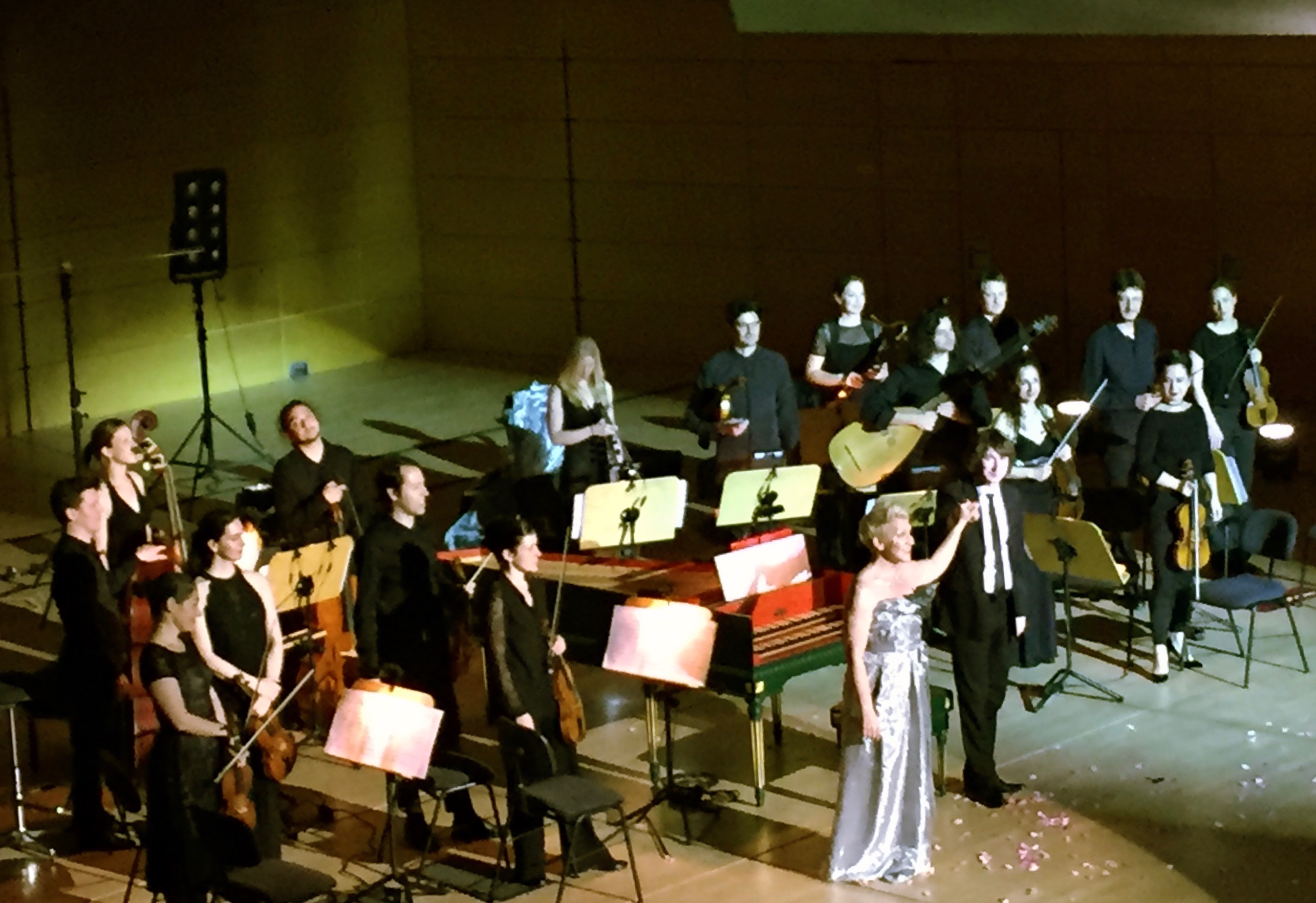
BUDAPEST’S SEXY, AUTOMOTIVE CARMEN
An intoxicated man dressed in a white suit, wearing a panama hat enters during the ouverture. He announces that ‘Love is like Death’. I’m not sure who he is quoting, but it’s not Nietzsche, who apparently saw the opera at […]








